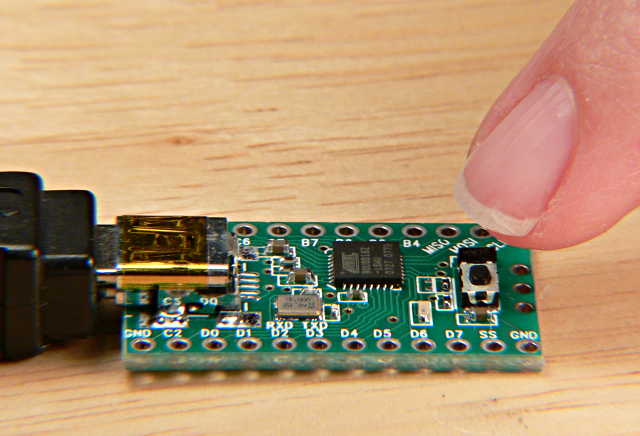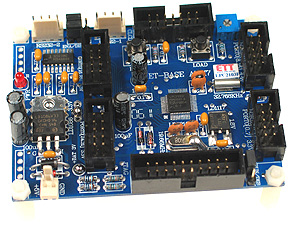There are rumours around the Zizzle household about Brewbot Mk2 being built stateside.
Just got one of these for free as part of a design contest:
http://www.renesasrulz.com/community/rx-contest
My competition proposal to get me the free board was about producing a brewbot style design using the renesas board.
SWMBO has lots of recipe ideas she wants to try with some off center ingredients, so wants to start doing small batches.
At this point I'm thinking MK2 would be somewhat of a departure from the original brewbot.
* small batch machine: ~4-5 litre batch size.
* single vessel BIAB design (rigid stainless mesh for the "bag")
* automate cleaning where possible, otherwise optimize/minimize manual cleaning
* possible pump-less design, or cheap pump only used for CIP
* possible integrated no-chill vessel / fermenter (mainly for CIP circulation access)
Automating the lifting of a couple of Kg of wet grain with a small winch should be possible. One problem could be it dripping into the boiled wort. So it may be a lift and swing.
A heating element would be incorporated into the bottom of the vessel. Low heat applied during the mash.
Hop dropper would be designed around some swinging cups on servos (micro servos are now only ~$3 delivered out of china)
SWMBO will be doing a trial gallon batch "Eggnog Stout" on the stove tonight to see how it goes.












